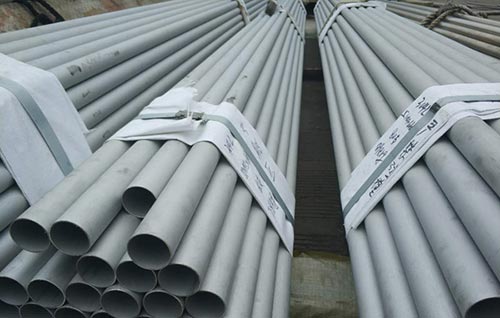What is the best way to weld stainless steel pipe?
Welding stainless steel pipe requires careful attention to detail to ensure a strong, clean weld that maintains the material's corrosion resistance. Here are some steps to consider for welding stainless steel pipe:
1. Select the Right Welding Process: Common processes for welding stainless steel pipe include TIG (Tungsten Inert Gas) welding, MIG (Metal Inert Gas) welding, and stick welding. TIG welding is often preferred for its precision and ability to produce high-quality welds.
2. Clean the Surface: Stainless steel is prone to contamination, so it's crucial to clean the surfaces to be welded thoroughly. Remove any dirt, oil, grease, or other contaminants using a suitable solvent or wire brush.
3. Choose the Correct Filler Material: Select a filler material that matches the composition of the base metal. Common filler materials for welding stainless steel include ER308, ER308L, ER309, and ER316.
4. Use Proper Shielding Gas: When TIG or MIG welding stainless steel, use an appropriate shielding gas such as argon or a mixture of argon and helium. This helps protect the weld from atmospheric contamination.
5. Control Heat Input: Stainless steel has a low thermal conductivity, meaning it retains heat well. Control the heat input during welding to prevent overheating and distortion of the material. Use the lowest amperage and voltage settings that still provide adequate penetration.
6. Welding Technique: Maintain a consistent travel speed and torch angle to ensure uniform penetration and minimize the risk of defects such as lack of fusion or porosity. For TIG welding, use a slight weaving motion to distribute heat evenly.
7. Back Purging: For critical applications or when welding thick-wall pipe, consider using a back purging technique to protect the back side of the weld from oxidation. This involves flowing an inert gas, such as argon, through the inside of the pipe during welding.
8. Post-Weld Treatment: After welding, it's essential to properly clean and passivate the weld to remove any surface contaminants and restore the material's corrosion resistance. Passivation can be achieved through methods such as chemical treatment or electropolishing.
9. Inspect the Weld: Finally, inspect the weld for defects using visual inspection, dye penetrant testing, or radiographic testing, depending on the application requirements and standards.
Following these steps can help ensure a strong, high-quality weld when welding stainless steel pipe.
Previous: >> Can you bend 304 stainless steel pipe? Next: >> Is welded pipe cheaper than seamless?







